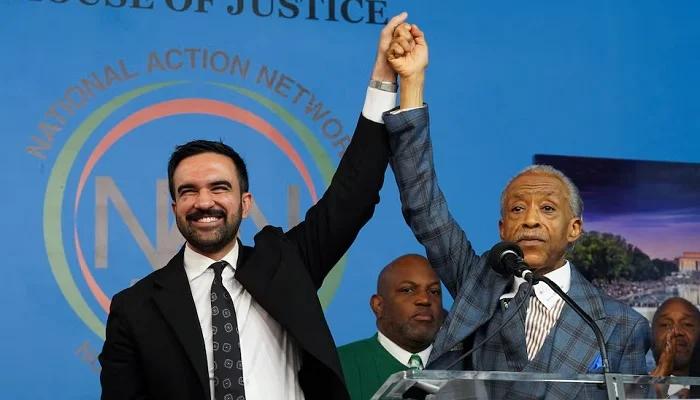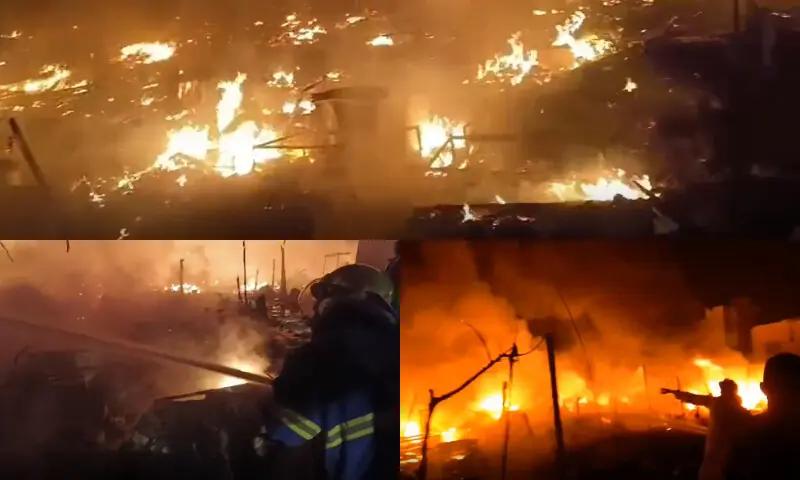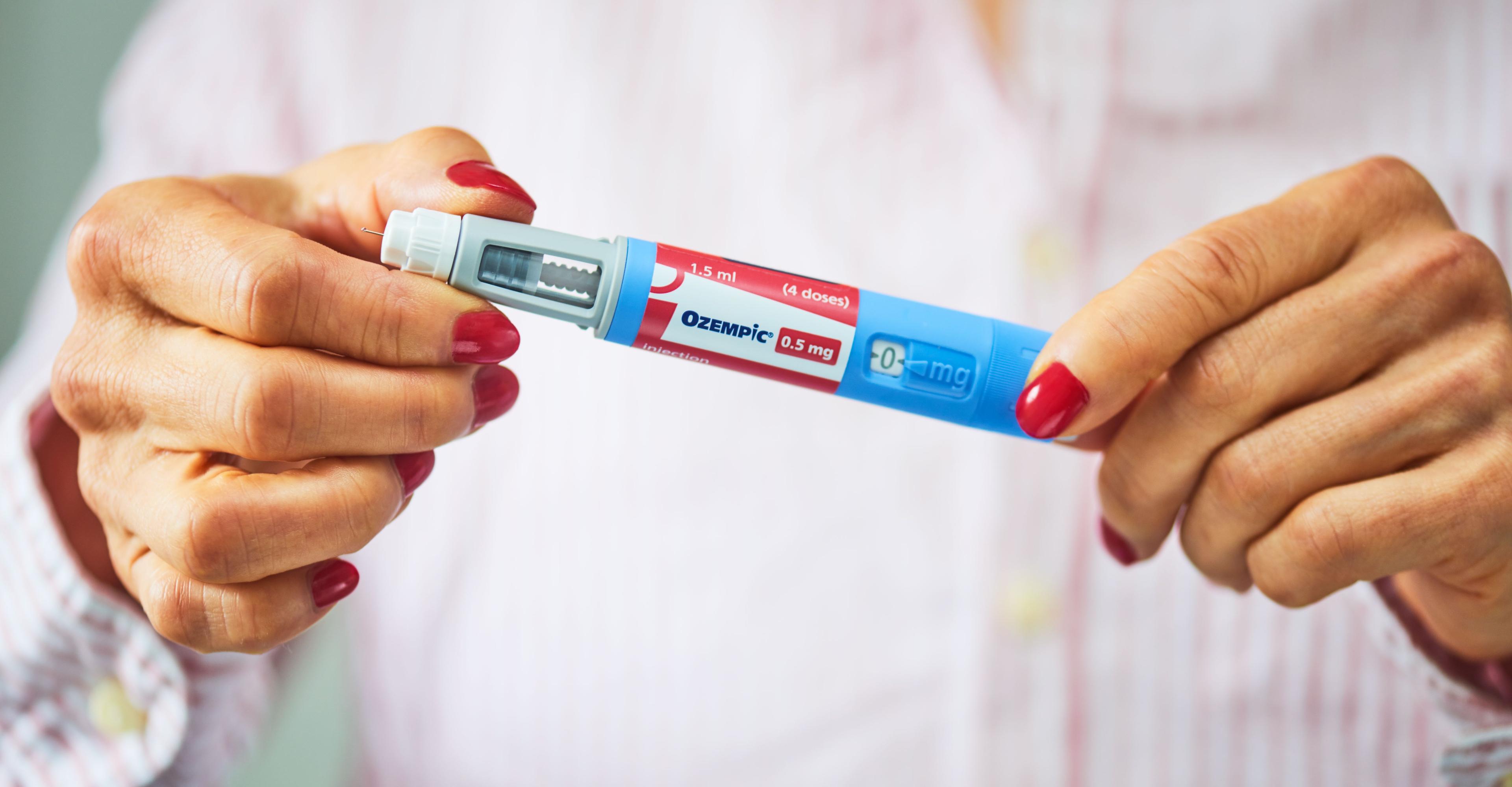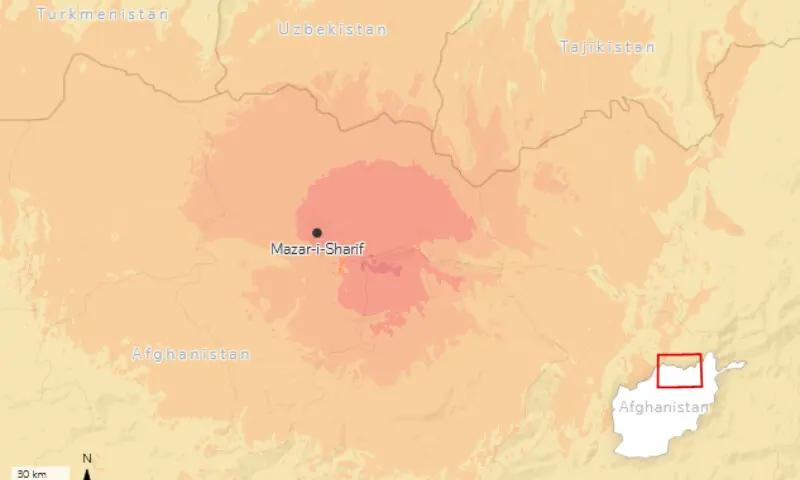Earth is heating up to record-high temperatures because humanity keeps burning coal, oil, and natural gas to fly, drive, stay warm, grow food, and keep the lights on. But switching away from these fuels toward energy sources that don’t spew heat-trapping gase…

Published a year ago on Aug 27th 2024, 12:00 pm
By Web Desk

Earth is heating up to record-high temperatures because humanity keeps burning coal, oil, and natural gas to fly, drive, stay warm, grow food, and keep the lights on. But switching away from these fuels toward energy sources that don’t spew heat-trapping gases while meeting the needs of 8.5 billion and counting residents of this planet will require an enormous amount of new construction: mines, factories, ports, transmission lines, power plants, substations, grid batteries. And to do that, the government will have to give the go-ahead to many, many more projects than it’s doing now, and at a much faster clip. “If you care about the environment or you care about climate change, the status quo is not good,” said Xan Fishman, senior director of the energy program at the Bipartisan Policy Center. “We need to build all the clean new energy to transmission in order to both provide affordable electricity energy to Americans and reduce emissions.” “The only way to do that,” he said, “is to build a lot of stuff.” Lawmakers are well aware of the problem and have been trying to speed things up for more than a decade, with piecemeal advances like executive orders from the White House and bipartisan legislation from Congress. The latest effort is the Energy Permitting Reform Act of 2024, sponsored by Sens. Joe Manchin (I-WV) and John Barrasso (R-WY). It cleared the Senate energy committee last month in a 15-4 vote and will head to the full Senate for consideration, likely after the November election. If passed, it could drastically alter the energy landscape in the United States with a construction boom to meet pent-up demand for electrons and hydrocarbons. The legislation would also greet the next president with a shorter, smoother route to their preferred energy policies. As Democrats convene in Chicago this week to formally nominate Vice President Kamala Harris as their candidate for president, one recurring theme has been the desire to build more. And over the past four years, lawmakers have allocated billions of dollars to clean energy and supply chains through the 2021 Bipartisan Infrastructure Law, the 2022 CHIPS and Science Act, and the 2022 Inflation Reduction Act. The Biden White House has called this “the most ambitious climate, conservation, and environmental justice agenda in history.” But many of the projects have hit delays, running into shortages of skilled workers, critical materials, and limited experience in deploying the funds. Biden’s legacy — and Harris’s ability to build on it, if she wins the White House — could crumble if the government doesn’t figure out a way to vastly expand the suite of renewable and clean energy sources that could alter the course for the world’s largest historical emitter of greenhouse gases. The challenge is that permitting is an expensive, tedious, and time-consuming process, sometimes stretching decades. Developers often find there’s a lack of accountability between the local, state, and federal authorities that have a say in granting approval for things like wind energy farms or interstate power transmission lines. The current system puts a lot of project developers in a frustrating limbo — not a “no,” not a “yes,” but a “maybe, we’ll see” that can stretch indefinitely. This uncertainty makes it harder for companies to make a business case and often leads to proposals falling apart. The net result is that few things get built at all. In the past decade, the United States has built transmission lines at half the rate as in the 30 years prior. The Bipartisan Infrastructure Law included $7.5 billion to build thousands of electric vehicle charging stations, yet only a handful are operating. The American Clean Power Association, an industry group, reports that permitting delays have cost the US economy more than $100 billion in lost investment. Earlier this year, Lawrence Berkeley National Laboratory surveyed wind and solar power developers and found that one-third of permit applications for placing wind turbines and solar panels in the ground were canceled over the past five years. These false starts cost businesses a lot of money: The average sunk cost was more than $2 million on average for a canceled solar project and $7.5 million for a scrapped wind farm. The main causes cited for these axed proposals were difficulties in getting approvals from zoning boards, in connecting to the power grid, and opposition from local communities — all issues that inhibit permitting. [Media: https://twitter.com/JesseJenkins/status/1819035055500800005] That brings us to permitting reform. The idea is to change the existing system of rules — smoothing out the application process, setting tighter deadlines, reducing veto points — to get a verdict on projects faster. The Manchin-Barrasso bill contains provisions that benefit clean energy, like speeding up approvals for more power transmission. This is essential to expanding renewable energy, but also makes it easier to extract more coal, oil, and natural gas. The bill also contains specific provisions aimed to increase fossil fuel exports, which has raised the ire of some environmental groups. The bill’s authors acknowledge that this is a compromise. The concession will undermine some of the benefits of deploying more renewable energy. However, having both fossil and renewable energy provisions in the Manchin-Barrasso bill helped it secure votes from both parties. “Let me be clear: There’s no such thing as a perfect bill. Don’t let the perfect be the enemy of the good,” Sen. Manchin said during a hearing last month on the permitting reform proposal. The critical questions are whether this iteration of permitting reform will do more harm than good, and what the next administration will do with a faster process if the bill is signed into law. What the new Manchin-Barrasso permitting reform bill aims to do Any time a developer wants to build something — particularly on public land, stretching across state lines, or destined for another country — it needs government approval. And to get a thumbs-up, the builders need to demonstrate that the project is safe, that it serves the public interest, that it doesn’t cost taxpayers too much, and that it doesn’t cause undue harm to the environment. “One of the reasons it’s been difficult to solve our permitting processes is because it’s not just one problem,” Fishman said. “A lot of different things that create frictions in the mix.” At the federal level, one of the most important regulations governing energy is the 1969 National Environmental Policy Act (NEPA). It’s a well-intentioned law that strives for “productive harmony” between projects and their potential impacts and requires the government to consider how proposals to build highways, bridges, power lines, and dams will affect rivers, forests, air pollution, and endangered species. The review process then leads to the creation of a document called an environmental impact statement (EIS), which serves as a basis for making decisions about a given project at all levels of government. The trouble is that simply doing the research needed to write an EIS can take years and the resulting document can be unwieldy. A 2020 White House analysis found that the average draft EIS was 575 pages long and took 4.5 years to complete. And for opponents of a project, an EIS can expose weaknesses in a proposal and serve as a playbook for lawsuits, creating more opportunities for delay. For renewables, the added complication is that the power grid in many parts of the country doesn’t have the capacity to add more wind and solar energy without renovations and upgrades. Much of the US power grid was built in the 1960s and 1970s, before the advent of widespread intermittent renewables. And 70 percent of power transmission lines are approaching the ends of their life cycles, according to the Department of Energy. So clean energy developers aren’t just waiting on permits for their own hardware; they need a green light to augment the power grid as well. “Right now, there’s so much clean energy that wants to connect to the grid, and the interconnection queue is long because there’s not enough transmission to carry that energy from where it can be produced to where the consumers are that can use it,” Fishman said. By one estimate, if the transmission line expansion holds at current languorous rates, up to 80 percent of the reductions in greenhouse gas emissions from the Inflation Reduction Act would be lost. --- How the permitting reform bill will speed up energy development The Energy Permitting Reform Act has several major provisions to boost renewable energy: * It sets a 150-day statute of limitations for filing a lawsuit to challenge an energy project once it has been approved. * Federal agencies like the Interior Department, the Agriculture Department, and the Energy Department have firm deadlines for approving or denying applications. * There’s a target of deploying 50 gigawatts of renewable energy on federal lands by 2030. * The bill harmonizes regional and national project review standards. * Agencies have to waive certain review requirements under NEPA for infrastructure around smaller geothermal energy projects. * Transmission projects also get some carve-outs from the NEPA process if they follow existing routes. * The Interior Department must offer at least five lease sales for offshore wind each year, with a goal of building 30 gigawatts of offshore wind capacity by 2030. * The bill removes some of the regulatory barriers preventing renewables from connecting to the power grid. However, some of these provisions also accelerate fossil fuel development. In addition, the bill contains measures that directly benefit energy sources like coal, oil, and natural gas: * The Energy Department has 90 days to rule on approving a natural gas export facility after it has completed the NEPA process. * Land that’s cleared for renewable energy installations must also be open to fossil fuel leasing. * The Interior Department must hold at least one auction per year for offshore oil and gas drilling rights. --- The Manchin-Barrasso bill addresses these obstacles to clean energy development in several ways. It replaces the open-ended project review process at federal agencies with deadlines, shrinks the window for filing lawsuits against a project, and sets targets for deploying more renewable energy. But the measures that accelerate approvals for wind and solar power also clear the route for coal, oil, and natural gas. Major portions of the bill are also targeted specifically at fossil fuels, like requiring the Interior Department to auction leases for on- and offshore oil and gas extraction. Why some groups oppose the permitting reform bill, and why it’s still not enough Is the trade-off worth it? Fishman noted that there are currently nearly three times as many renewable energy projects in the pipeline waiting for permits than fossil fuel proposals, so unblocking the logjam would likely be a net benefit for the climate. The vast majority of energy being added to the grid right now comes from zero-emissions sources. “I understand that environmentalists don’t love every element of the bill, but if you look at the bill as a whole, there’s so much more to love than there is to dislike in the bill,” Fishman said. “Not accepting a bipartisan deal like this is choosing to instead accept our status quo.” On the other hand, making it easier to develop more fossil fuels does run contrary to the US’s goals to curb its greenhouse gas emissions. The US is already the largest oil and gas producer in the world. Opponents also note that the Manchin-Barrasso bill facilitates fossil fuel exports, particularly liquefied natural gas. These exports aren’t counted toward the US’s carbon footprint since other countries end up buying and burning the fuel. Earlier this year, the Biden administration put a pause on approvals for new LNG export terminals pending a review from the Energy Department. Even with the pause, the US is on track to double its LNG exports by 2030. The permitting reform bill will hit “play” on even more LNG shipped abroad. “Our bill permanently ends President Biden’s so-called ‘pause’ on new American LNG exports,” Sen Barrasso said in a hearing last month. “President Biden’s ‘pause’ has been a gift to Russia and Qatar — the world’s other leading LNG exporters.” While the bill doesn’t guarantee that an agency will rule one way or another on an export license, it does shift the balance toward approval. “This bill is written to set [the Energy Department’s] default to ‘yes’ and make sure that these massive LNG facilities are built,” said Jeremy Symons, who used to work on the Senate environment committee and is now principal at Symons Public Affairs, an environmental consulting firm. “You can’t sling climate pollution over the fence and expect it to just go away.” Symons conducted an analysis of the LNG export section of the bill and found that it would lead to greenhouse gas emissions equivalent to 165 coal-fired power plants and undo the benefits of dozens of major transmission lines for renewable energy. A confounding factor is that LNG is cleaner than some fossil fuels but worse for the environment than renewables. The net impact to the climate depends on whether the exported LNG is displacing coal and oil or if it’s competing with wind, solar, and nuclear power. It’s unclear how this will shake out, since exports are also governed by market and geopolitical forces. The permitting reform bill is also not meant to solve all the problems with getting the go-ahead for building out energy production and infrastructure. While it enforces timelines for making decisions based on NEPA reviews, it doesn’t make any changes to NEPA itself. Though it addresses the federal government’s role in permitting, a lot of the hold-ups for renewables are at the state and regional levels. Still, the bill has built up some momentum and it might come up for a vote after the election. If Biden signs it, it will be a fitting coda to his environmental legacy, a big jump forward that then takes several steps back.

Inside YouTube’s transformation on your TV
- a day ago

Trump’s anti-climate agenda is making it more expensive to own a car
- a day ago

Texas Tech, Irish in top 10 before 1st CFP ranking
- a day ago

Affinity’s new design platform combines everything into one app
- a day ago

Aurangzeb calls for reform-driven approach aimed at restoring investor confidence
- 17 hours ago

Making KPop Demon Hunters sound magical meant finding the right harmonies
- a day ago

Sheikh Rashid was stopped from travelling abroad despite court order
- 17 hours ago

Microsoft releases an Xbox Full Screen Experience preview for the MSI Claw
- a day ago

President Trump’s ballroom design might not be AI — but it’s still a mess
- a day ago

A bizarre Windows 11 bug duplicates Task Manager instead of closing it
- a day ago

Zohran Mamdani becomes New York City's first Muslim mayor after meteroic rise to power
- 19 hours ago

A chance run-in and exception to a rule: How Florida prepared its title defense
- a day ago
You May Like
Trending













